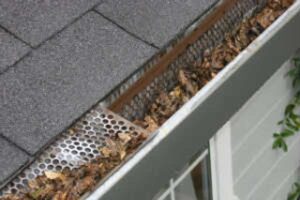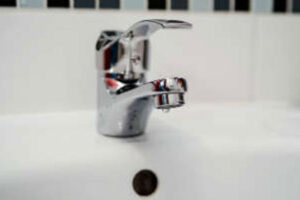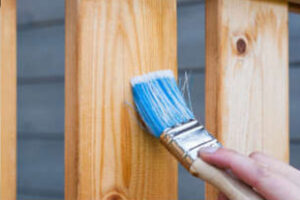House maintenance is an absolute necessity for the longevity and quality of a home. The month of March is an ideal time to carry out a lot of maintenance projects because of the spring weather. Temperatures (hopefully) begin to rise during March. Maintenance projects whether in or out of the house can be quite involved and completing them in warmer weather is often ideal. Maintenance is also essential when moving into the summer season. Below are some of the top projects you should consider for the month of March.
Check Your Lighting
The month of March is a great time to replace any broken globes and burnt out bulbs both inside and out that you have been ignoring. Check through all the rooms in the house and get outside and walk around your home to ensure any faulty light fixtures are fixed. Proper lighting outside your home is the first step towards improving your security. Repair where appropriate or replace the whole fixture if necessary. It is also helpful to compare the costs involved. You can consider a replacement of the fixtures if the cost of repairing is higher.
Clean The Gutters
Gutters accumulate all kinds of dirt and leaves over even a short period of time. It may be necessary to clean the gutters more than once a year but March is a good month to do so, especially with the increased amount of rain that could be coming. Clear the leaves and any other foreign bodies that may cause a blockage or water seepage. Poorly maintained gutters can cause harm to a house especially if the problem is ignored. Gutters are meant to direct rainwater away from the building. When the gutters overflow or leak, the water can flow along the walls or keep falling on the foundation.

If they are left unattended, the building can become weak on the affected side and even grow moss or mold! In the long run, this can jeopardize the safety of your home. Ensuring the gutters are regularly cleaned can save you time and money.
Inspect The Roofing
The roof protects you and your properties from rain and other unfriendly conditions. March is the period when the warm weather of Spring begins. It is a perfect time to examine your roof closely. Winter comes along with extreme weather conditions such as snow and ice which might have affected your roofing. Inspecting your roof ensures its perfect to take you through another season of different weather conditions. Fix any curled corners you may notice, cracked shingles and any other issues present. Do not ignore any faults as they can cause more significant trouble and even risk a replacement of the whole roof, which is quite costly.
Inspection Of Air Conditioning
An inspection of your air conditioning is a worthy cause. Replacing an air conditioner can get quite expensive. A regular check by a professional can significantly improve its lifespan and save you the time and money you could have spent. The month of March, the early onset of spring is the time to do this. An inspection during Spring is favorable for both the technician and you. Any testings that require the A/C be off for a little while won’t be so bad. A properly working A/C is also good for the overall health of your family. If not well maintained the A/C can accumulate dirt which will contaminate the air and cause different illnesses among them respiratory diseases. A well maintained A/C also works efficiently and does not create high utility bills.
Home maintenance is a preventive practice. If you embrace it and you may avoid some rather expensive and stressful repairs. It isn’t necessary to complete each one of these items during March but having a plan is one of the most important elements to completing your home maintenance. Many homeowners carry out specific repairs during different times of the year. Choose what works best for you and your budget.



